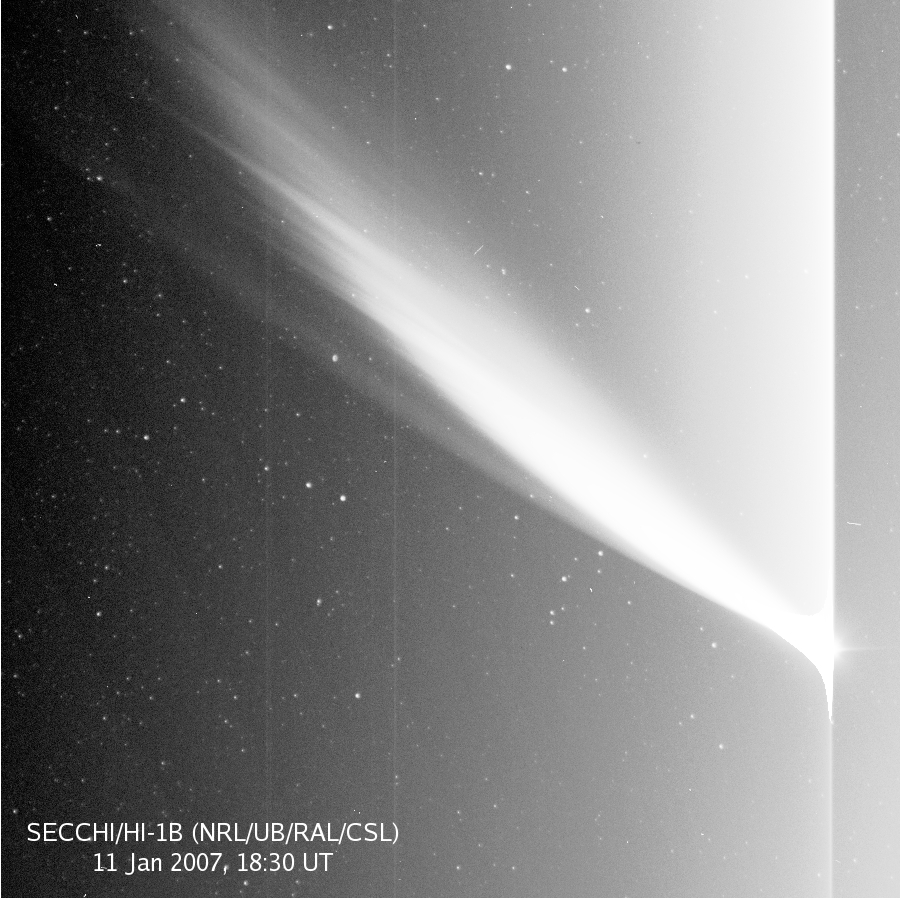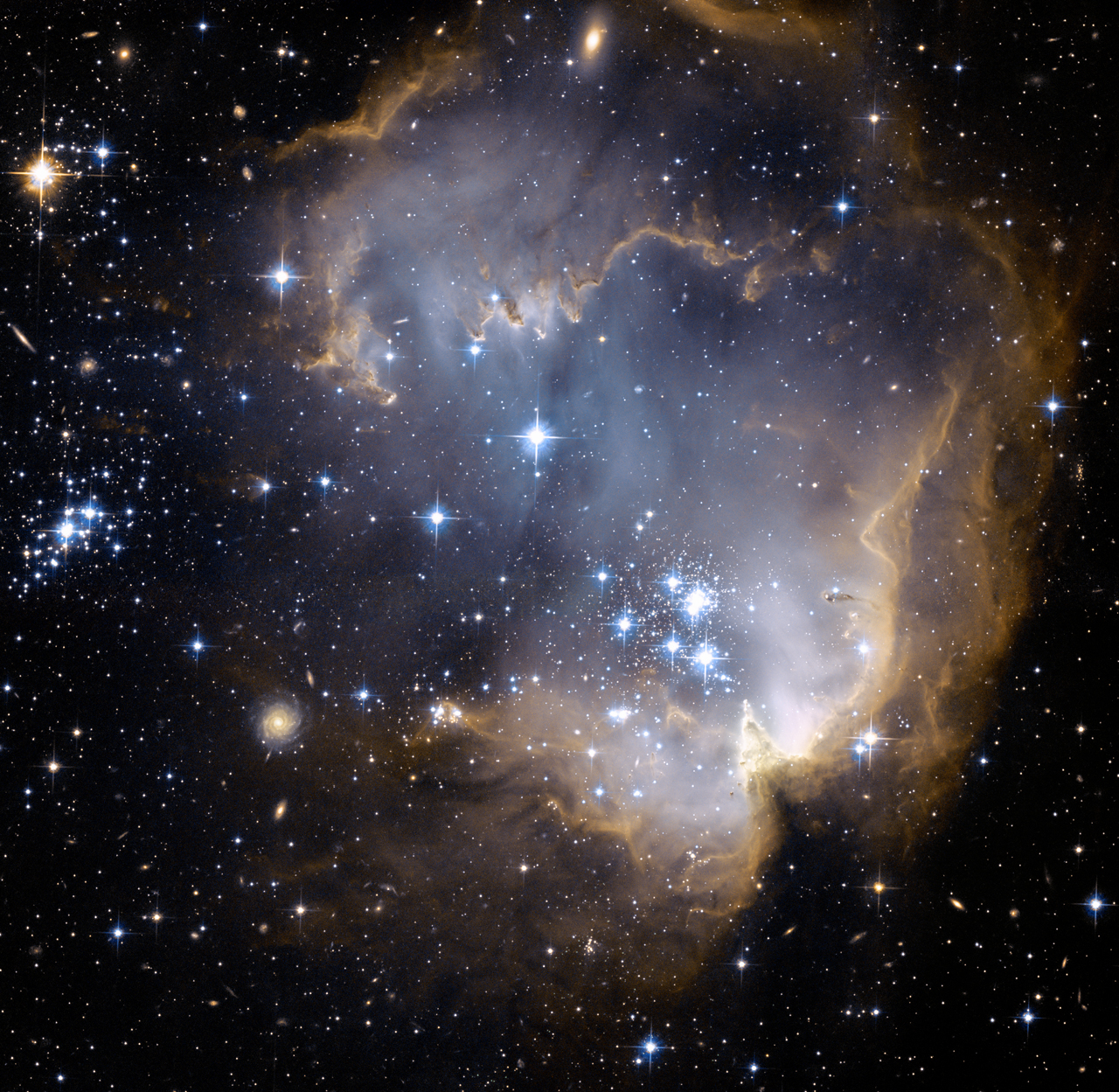On January 19 2007, I looked at the stars for about half an hour. The sky was clear with no moon visible. I first turned the telescope towards Orion and Betelgeuse. The telescope is an old one and it doesn't have a very high resolution, but I could definitely tell the color of the star-a red color. I also looked at Rigel and the three stars of the belt. The four stars had a blue or blue-white color to them. The left star of the belt, I forgot the name, had some fuzziness around it. I think it was the gasses of the nebulas near there. Also, while sweeping the telescope across the 'sword' of Orion I noticed a rather large fuzzy patch. Since there is a lot of nebulas in Orion I don't know if that was the Orion nebula or not. I also tried to look at Aldebaren, but it was almost straight over head and I couldn't get t he telescope to align with it. I then took a quick look at Polaris, but couldn't see its other star. Later, I noticed a bright star near Oron which I think was Sirius, I don't remember what color it was. I should have posted right after my observations but it was late and I was tierd. I took a look at Capella and "the kids" before I went inside.
Tonight-Jan. 20, I saw the waxing cresent moon near the north west horizon and a star or planet about 3 degrees nearby. I think it was Venus but as the sun had already set I am not positive. It look really cool though. The moon seemed big since it was near the horizon and the bright planet or star near there-I wish I could take a picture of it, but I was driving when I saw it.




